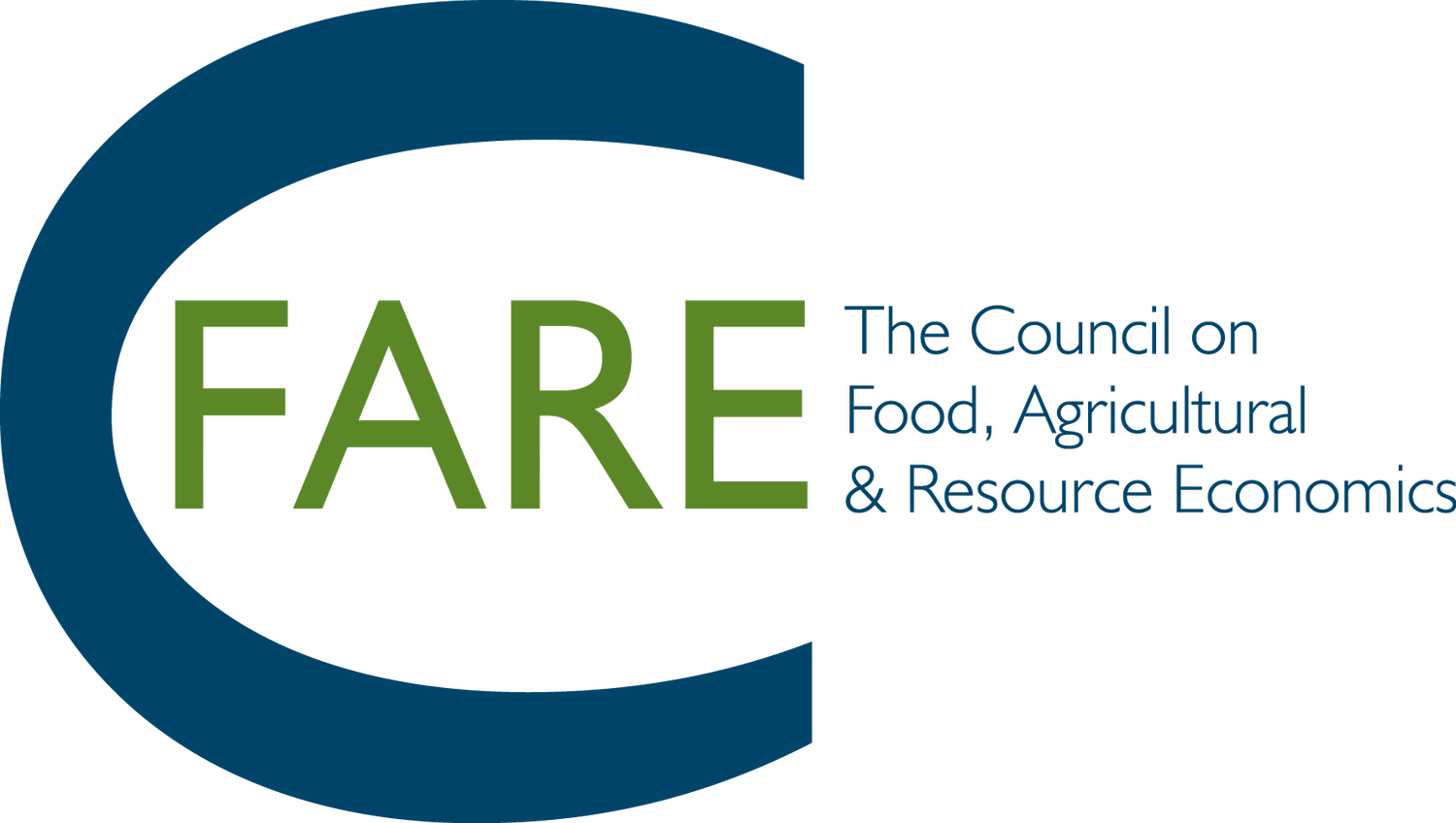The Connection Between Cattle Cycle Dynamics and Conservation
Eric Belasco, C-FARE Board Member and Professor at Montana State University
Cattle cycles, the periodic expansions and contractions of the total U.S. cattle inventory, have long been an important aspect of the uncertainty in the cattle market. Cattle cycles occur because of the slow response of supply to prices. The main implication is that the only way for a cattle operation to rebuild its herd is to forego revenue in the current year to increase revenue in future years. The cattle cycle is illustrated in figure 1, where consistent peak and trough cycles are observed. In addition to the persistent reduction in inventory levels over the last 50 years, other notable changes have occurred that we will discuss here.
One major recent change in the cattle market is that participation in federal insurance programs has increased rapidly. To illustrate, the Pasture, Rangeland, and Forage program currently insures around 300 million acres of rangeland (compared to around 50 million acres in 2014) with an insurable value of $6.3 billion (compared to just under $1 billion in 2014). Additionally, the Livestock Revenue Protection program currently insures around 5 million head of fed and feeder cattle (compared to 300,000 in 2014) and an astounding $9.3 billion in insured value (compared to $400 million in 2014). These insurance tools and payments to producers provide incentive for cattle markets to rebuild quicker following adverse conditions. However, cattle markets continue to shrink despite these offerings and currently high prices.
One possible explanation is the increasing average age of operators. Older farm operators might be more focused on shorter term planning, transitioning, or selling their operations, rather than rebuilding herds in response to market signals. Multi-year droughts create another obstacle. Droughts have been the norm in the last 3 cattle cycles, likely hindering efforts to rebuild herds. Particularly in the western United States, I have observed an increased interest from ranchers and researchers in conservation and precision technologies, whether they include grazing strategies with invisible fencing, continuous no-till production systems, cover cropping, flexible stocking rates, or more efficient grazing through use of drones or other precision agriculture technologies. The incentives for these technologies arise from the desire to maintain reasonable revenue and cost levels, even when drought conditions arise.
While much of this conservation research is ongoing within land grant institutions across the U.S., it is an important time for agricultural economists to assist in identifying technologies that will allow ranchers to conserve land while making informed financial decisions regarding these technological investments.
Figure 1. Total U.S. Cattle Inventory Changes since 1920
Source: National Agricultural Statistical Service

